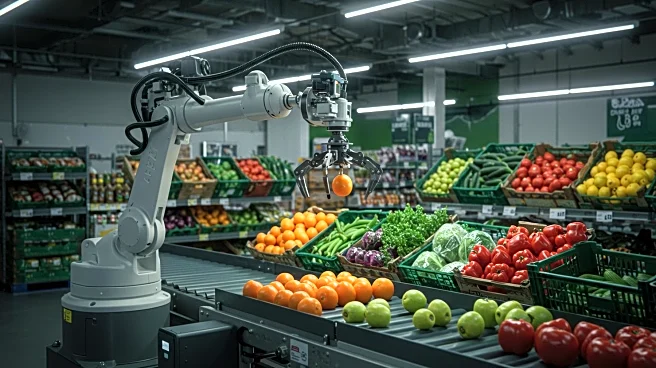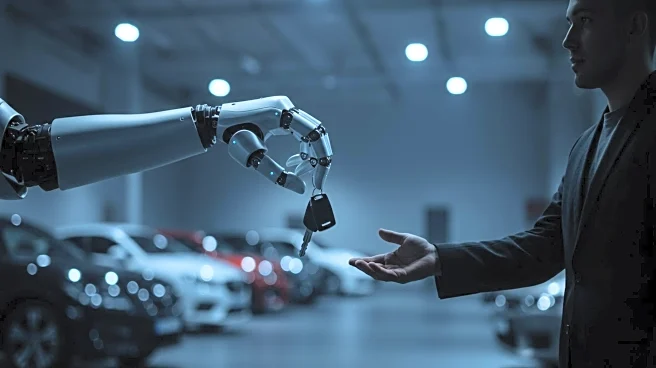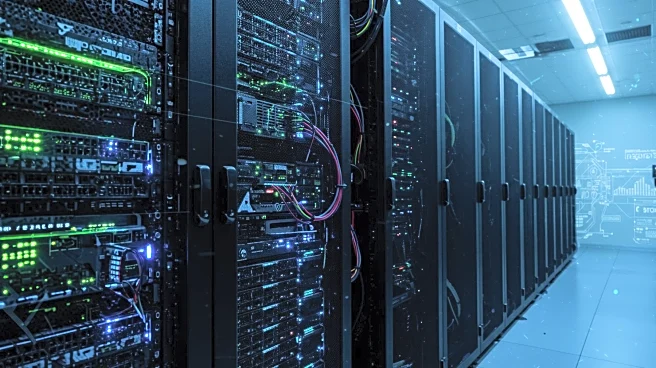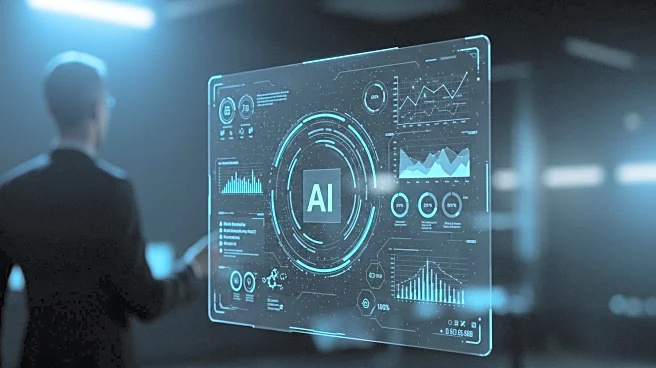What's Happening?
The grocery industry is increasingly turning to artificial intelligence (AI) to address challenges such as tight margins, unpredictable demand, and sustainability pressures. AI technologies are being used to improve supply chain efficiency, reduce food waste, and enhance customer satisfaction. By integrating AI-powered platforms, grocers can forecast demand more accurately, automate ordering processes, and monitor inventory in real-time. These advancements help reduce spoilage, optimize pricing, and streamline operations. Despite the potential benefits, AI adoption in the grocery sector remains uneven, with many retailers struggling to identify effective solutions amidst a crowded market.
Why It's Important?
The adoption of AI in the grocery industry has the potential to unlock significant value, estimated at $136 billion by 2030. By reducing food waste and improving supply chain efficiency, AI can enhance profitability and sustainability for retailers. This shift towards data-driven decision-making represents a strategic opportunity for grocers to differentiate themselves in a competitive market. Additionally, AI's ability to improve operational resilience and customer satisfaction can lead to long-term business success. As regulatory requirements around sustainability increase, AI offers a viable solution to meet these demands while maintaining profitability.
What's Next?
For AI to reach its full potential in the grocery industry, retailers must prioritize data integration and connectivity across systems. This involves breaking down silos and enabling seamless communication between inventory, pricing, and waste management tools. Retailers also need to shift their focus from short-term costs to long-term value, recognizing sustainability as a strategic advantage. As AI technologies continue to evolve, grocers who embrace these innovations will likely gain a competitive edge, leading to more efficient and sustainable operations.











